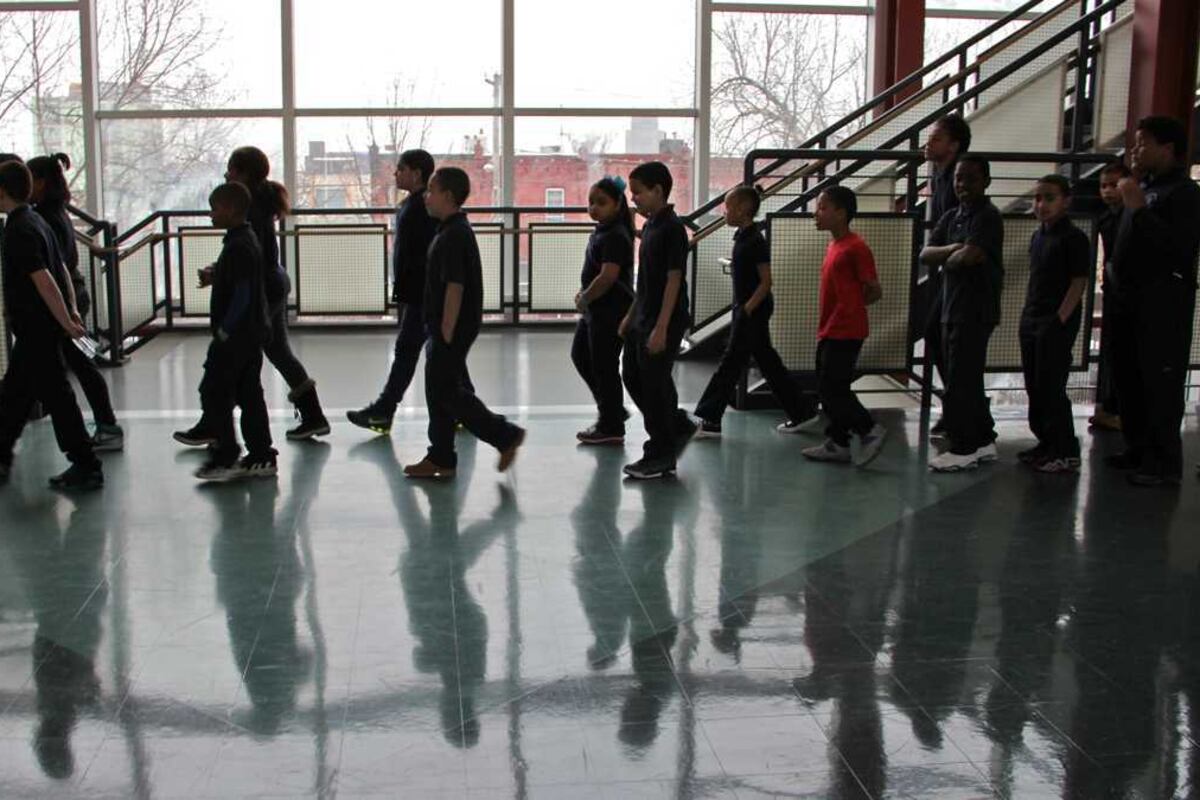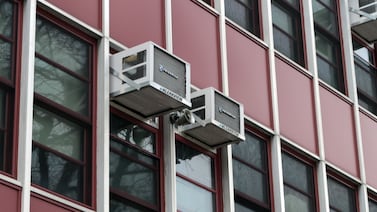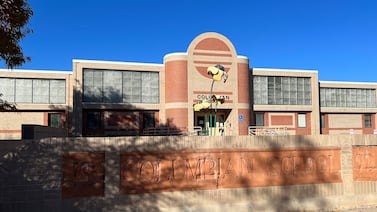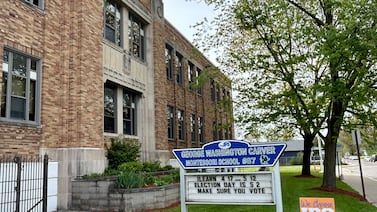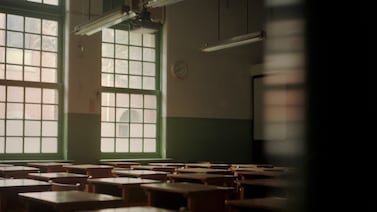The Philadelphia school district will move forward with installing air purifiers in nearly every city classroom despite criticism from an air quality researcher that the purifiers are insufficient to curb the spread of COVID-19 and that some could produce harmful chemicals.
Officials met with Michael Waring, a professor of environmental engineering at Drexel University, on Monday as a “courtesy” to discuss his concerns, said Monica Lewis, a district spokesperson. But she said his input won’t change the district’s decision.
Chief Operating Officer Reggie McNeil believes the devices are safe, she said, and the district consulted other air quality specialists after Waring raised his concerns. Lewis didn’t name the other air quality specialists or say what they told the district.
The district purchased more than 9,500 air purifiers for $4.5 million and plans to install them by the end of the month, Lewis said. She said the district used the same purifiers in some classrooms during the spring’s hybrid learning.
Waring said he’s “deeply disappointed” that the district is sticking with the products.
The purifiers purchased by the district use ActivePure technology, which neutralizes viruses by pulling oxygen and water molecules into a “patented honeycomb matrix” and releasing “powerful oxidizers” back into the room, according to its website. District officials said at last week’s press conference that the technology was “originally developed for NASA” and could eliminate 99% of the virus “within three minutes.”
Waring said the purifiers only generate one-tenth the amount of airflow needed to effectively neutralize airborne viral particles in the average-sized classroom, and the emission of oxidizers could be “harmful to human health” and aggravate respiratory conditions like asthma.
He said the district should have rejected newer technologies that use oxidizers, and instead opted for purifiers that have high-efficiency particulate air filters, or HEPA, as recommended by the Centers for Disease Control and Prevention.
“The school district has squandered a huge opportunity to outfit every classroom with an appropriately sized HEPA air purifier,” Waring said. “This alternative would have had large impacts on reducing any potential COVID transmission in our schools, as well as providing indoor air quality benefits lasting beyond the pandemic.”
The district did not respond to questions about how officials vetted the chosen air purifiers. In a statement to Chalkbeat, Lewis said the district “chose to pursue purifiers that didn’t simply use HEPA filter technology but expanded beyond that to reflect technology developed by NASA.”
ActivePure said in an email to Chalkbeat that its devices are “safe and effective.”
“Testing proved its effectiveness against six clinically relevant pathogens, and its safety including no creation of ozone or byproducts,” the email said.
At a June 24 meeting, the Board of Education approved a $6 million resolution for personal protective equipment. Some of that was for the purifiers, said board spokesperson Janice Hatfield. District officials announced the air purifier selections last week.
The district added to public concern and confusion last week by posting a description on their website of an incorrect purifier model. (Officials bought three different models of air purifiers, but currently have a fact sheet for only one model available on the district website.)
Last week, the district posted a fact sheet for the Vollara Air and Surface Pro, which, according to its manual, can produce 40 times the FDA-required amount of ozone. High levels of ozone are unsafe for people, and can aggravate respiratory conditions, like asthma. A spokesperson for ActivePure said that particular device is only designed “for use in unoccupied spaces.”
The district corrected its mistake Monday, replacing the previous spec sheet with one for the Aerus Pure and Clean, which is advertised as “ozone free.” The two models look nearly identical. District officials said the first spec sheet was uploaded in error.
Waring said his initial criticism was based on the spec sheet for the incorrect purifier, but added that the two models function similarly. While the lack of ozone emission makes the latter device slightly safer, “all other concerns are the same,” he said.

